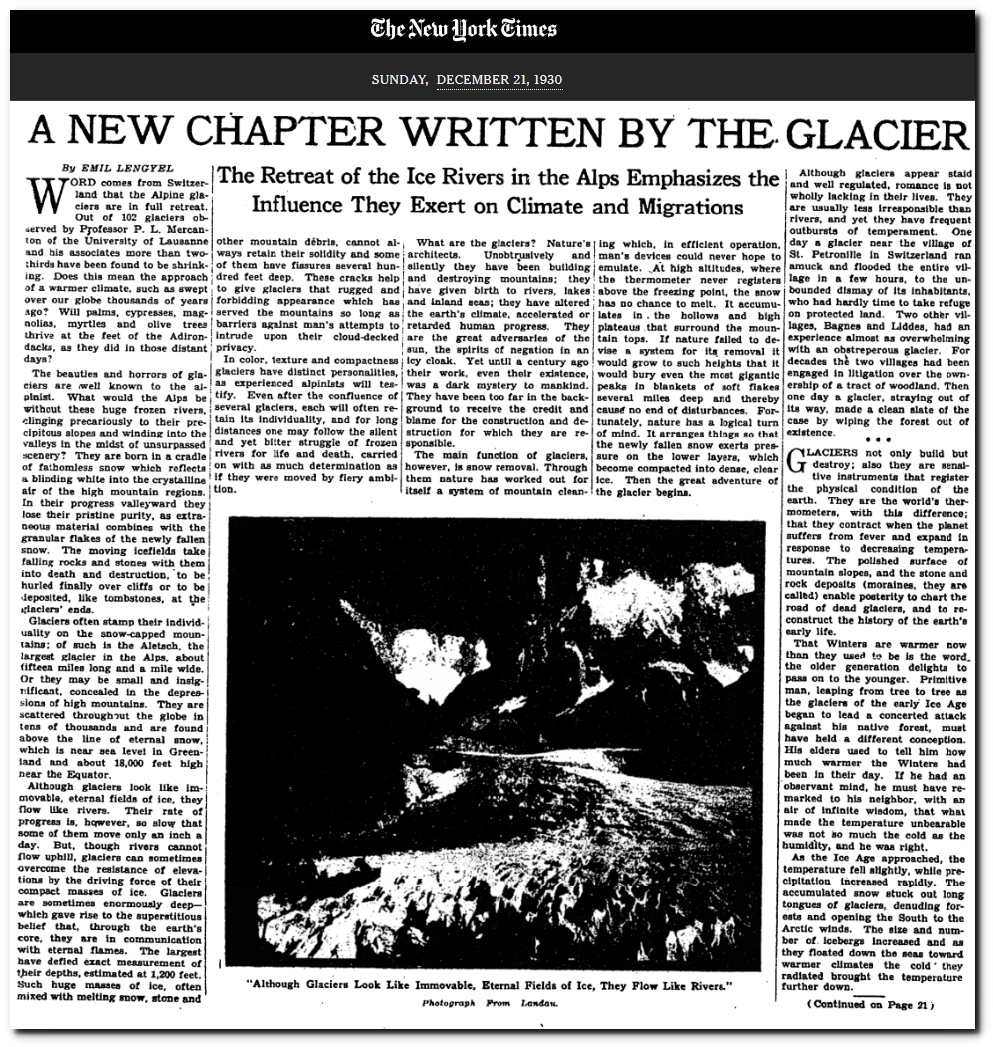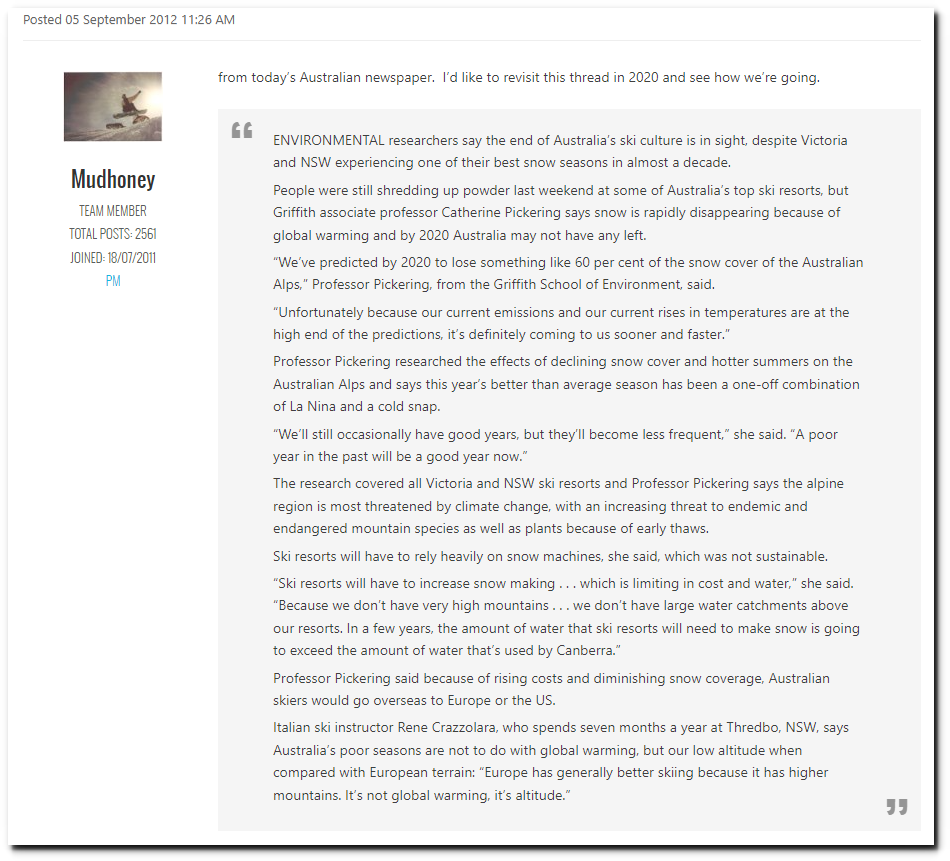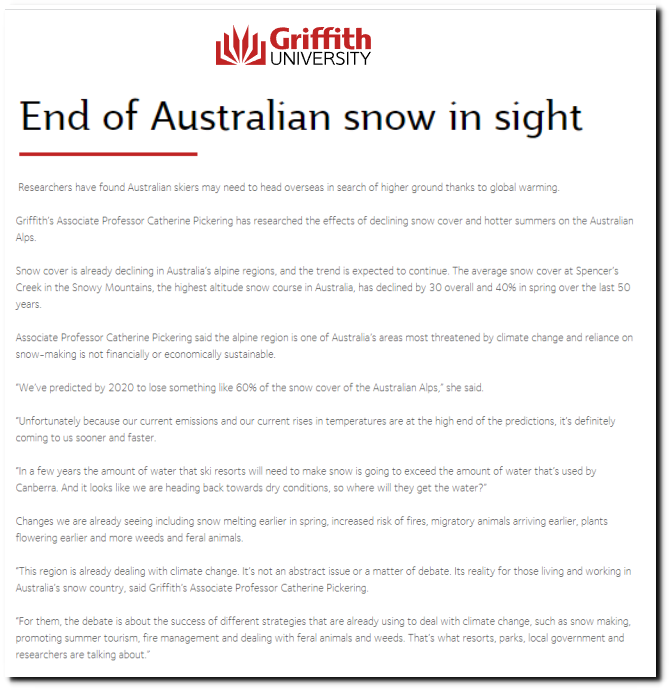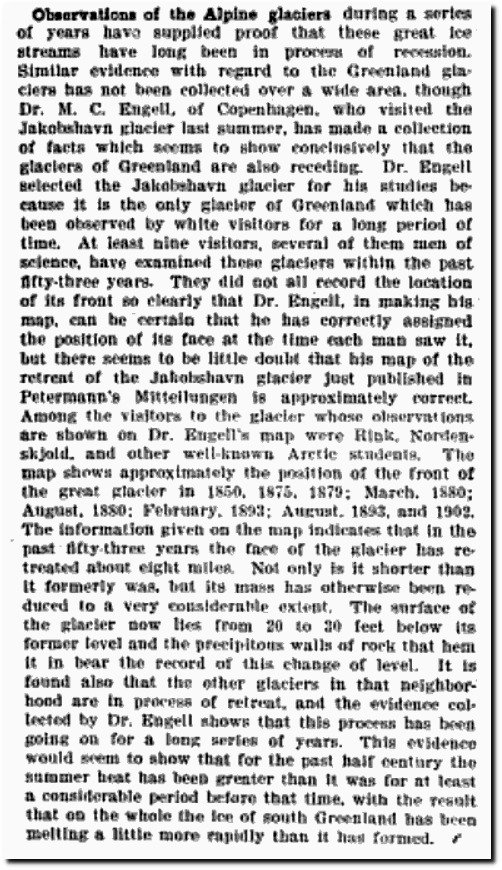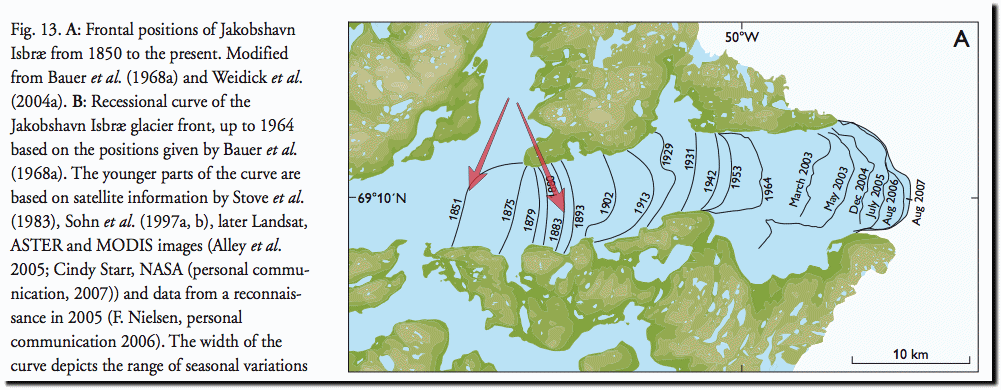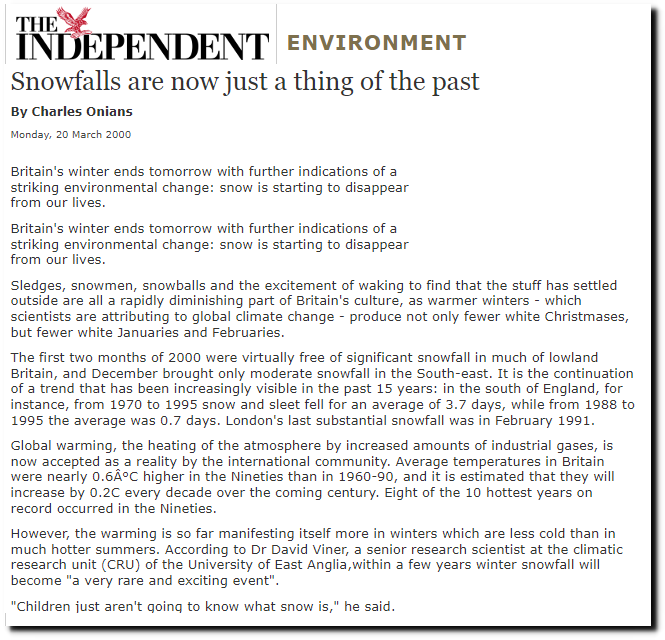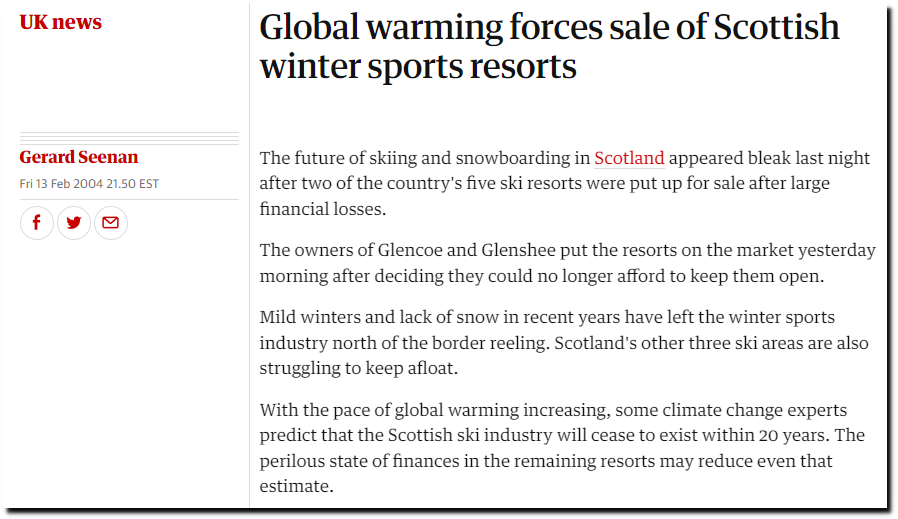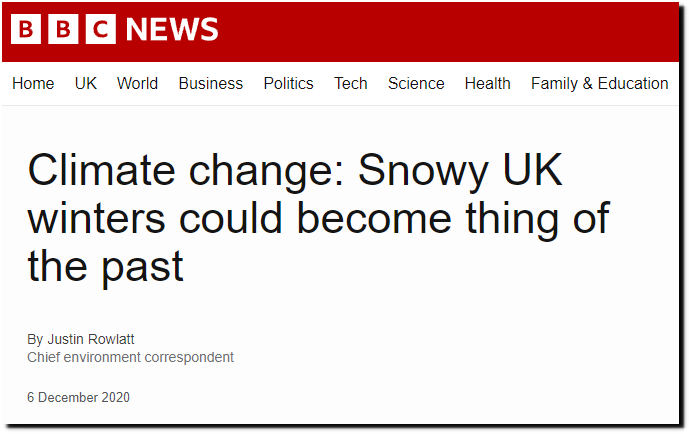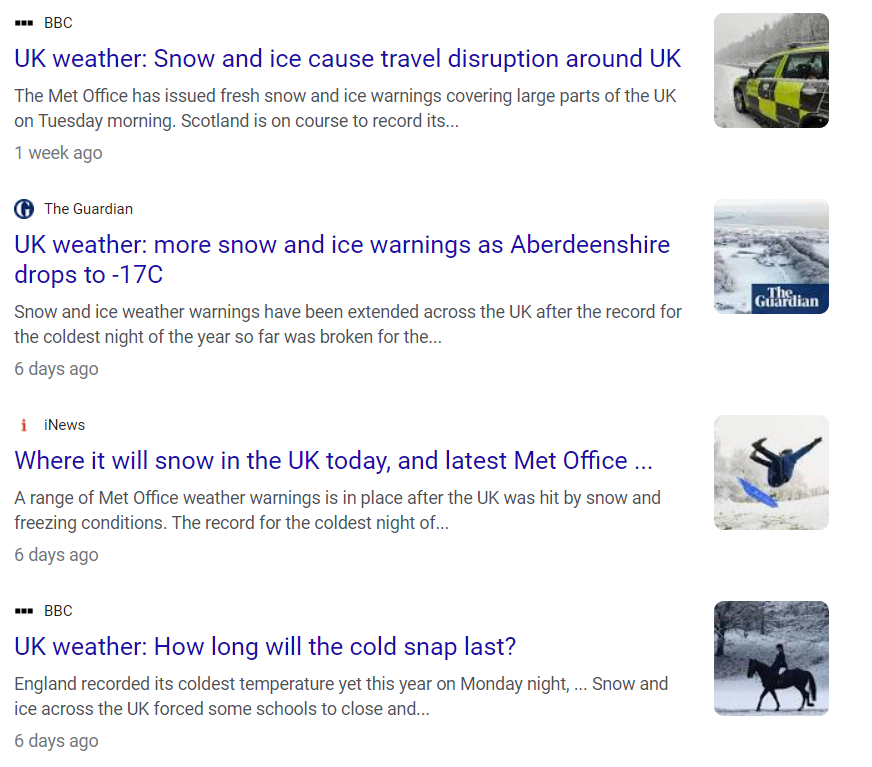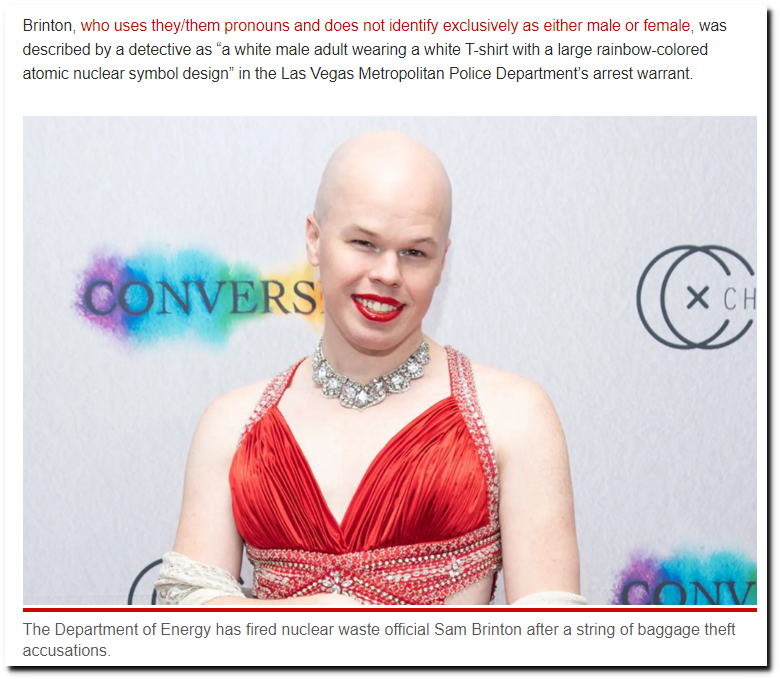Ten years ago the press announced the end of snow in Australia by the year 2020.
“ENVIRONMENTAL researchers say the end of Australia’s ski culture is in sight, despite Victoria and NSW experiencing one of their best snow seasons in almost a decade.
People were still shredding up powder last weekend at some of Australia’s top ski resorts, but Griffith associate professor Catherine Pickering says snow is rapidly disappearing because of global warming and by 2020 Australia may not have any left.”

https://www.theaustralian.com.au/nation/nation/enjoy-snow-now—-by-2020-itll-be-gone/
Five years ago the press announced the end of snow in Australia

Snowy retreat: Climate change puts Australia’s ski industry on a downhill slope
In 2020, Australian Geographic announced the end of snow.

The end of snow – Australian Geographic
This year there was “almost too much snow.”

‘There’s almost too much snow’: Snowfall breaks 44-year record on Queen’s Birthday long weekend



